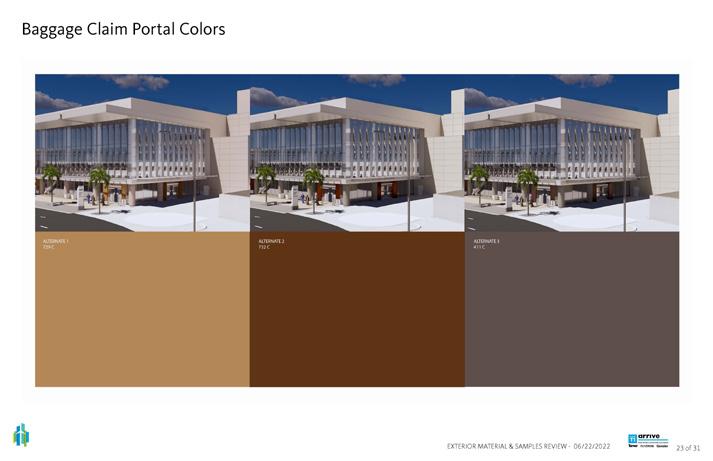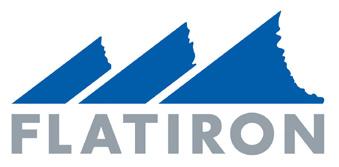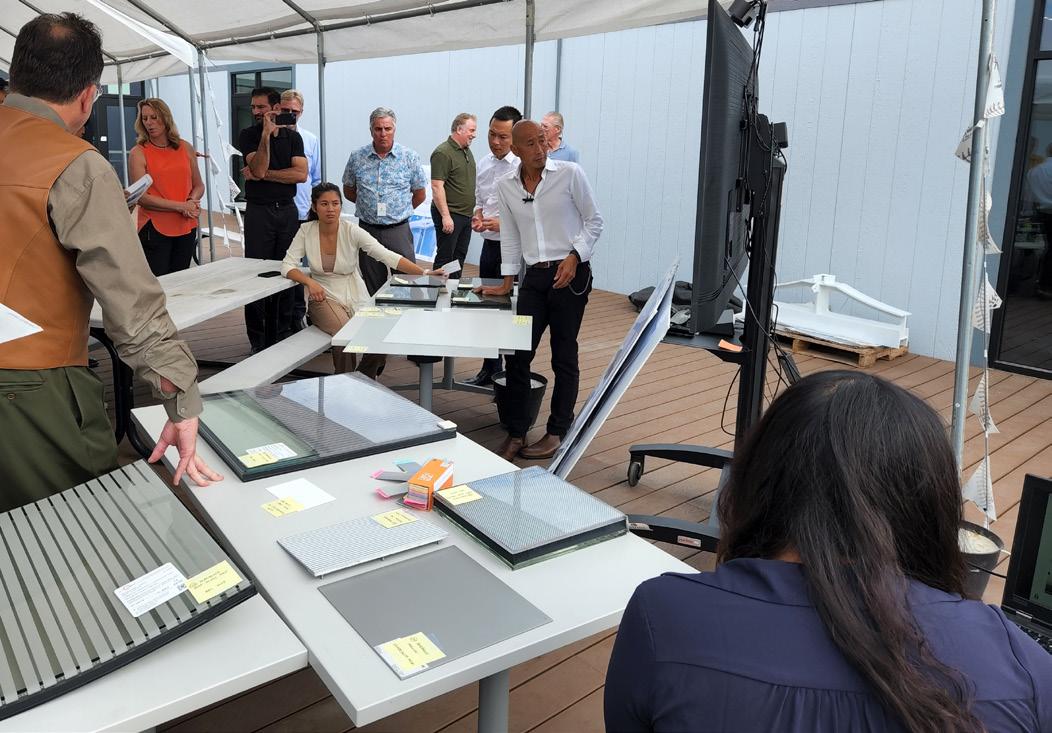Challenge
Public projects governed by State procurement regulations often face extended timelines from subcontractor bid submission to subcontractor engagement. This delay is manageable for labor-intensive finishing trades (e,g, drywall, flooring, painting) when the procurement for that work is well after the completion of the relevant bid documents but poses a significant schedule challenge to integrate Design-Build (DB) or Design-Assist (DA) trade partners in the project, whose engagement is critical to design evolution and budget control. The design may evolve considerably between the bid submission and signing of subcontracts, leading to potential disputes and uncertainties in cost and schedule.
Solution
At the onset of SAN T1 project, the team anticipated and addressed these delay challenges the through strategic planning. Trade Partner responsibility decisions (DB or DA) were defined and memorialized early in the process, enabling alignment between the DB, the DB’s team members, and the Owner. This allowed for a clear understanding of responsibilities, efforts, and costs from the outset.
TIMELY INTEGRATION OF DESIGN-BUILD PARTNERS
To overcome the delay between bid package submission and the progression of design, the SAN T1 project team adopted a phased approach for critical trades. Bid packages for Curtain Wall, Modular Glazed Wall,
Mechanical/HVAC/Electrical, Plumbing, and Fire Protection were issued at approximately 30% design completion, and exterior wall and curtain wall trades were bid from 60% design documents. Successful future DB trade partners were swiftly integrated into the team as DA partners, with their designers working closely with the JV designers. In this way both DB and DA Trade partners were able to advise and guide the JV design team to minimize the cost impact of design evolution, and to provide critical coordination design information.
PROGRESSIVE DESIGN HANDOVER
By being fully engaged from Bid through the 60% design stage, the early package Trade partners were able to reaffirm their initial 30% document bid estimates at the 60% design level. This collaborative approach allowed for seamless coordination with the original design team, ensuring the overall design for the terminal was completed efficiently. Critical Design-Build Trade Partners, including IT/Aviation Systems, and Baggage Handling Systems (BHS), were engaged with the same approach, to maintain synchronization with the evolving design.
TRADE PARTNER INTEGRATION AND RESPONSIBILITIES
Mechanical/HVAC/Electrical, Plumbing, Fire Protection:
• Bid package issued at 30% design.
• Design Assist partners integrated quickly.
• Designers embedded with JV designers to ensure understanding and cost alignment.
• Reaffirmed bid estimates at the 60% design stage.
IT/Aviation Systems:
• Bid package issued at 15% design.
• Design work caught up at the 60% design level.
• Ongoing coordination and support are provided to other disciplines and the architect.
Baggage Handling Systems (BHS):
• Bid package issued at 30% design.
• The design work was restarted to align with the design team at 90%.
• Continuous involvement and support throughout the design process.
Results
SAN T1’s proactive approach to Design-Build and Design Assist trade partner integration significantly mitigated potential disputes, uncertainties, and delays. By carefully planning and phasing the involvement of critical trades, the project maintained alignment between design evolution and cost expectations. In a period where material shortages, long-lead times (in excess of 19 months for equipment) and skyrocketing escalation were universal, the successful incorporation of the trade partners at an early stage ensured that equipment and materials were secured for the project on time, and cost expectations were managed to budget. The collaborative efforts of the Design-Builder, Design Team, and Trade Partners ensured a successful project outcome, setting a benchmark for overcoming challenges in public project procurement.
budget ON TIME
project materials and equipment secured








